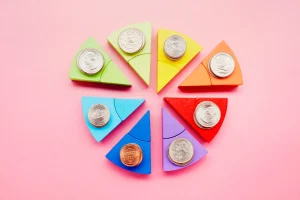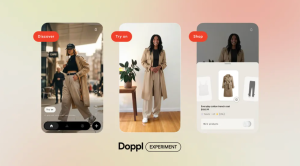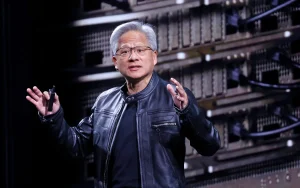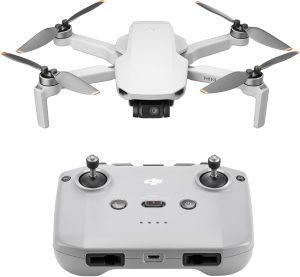Studio Ghibli’s Influence Sparks AI Copyright Debate
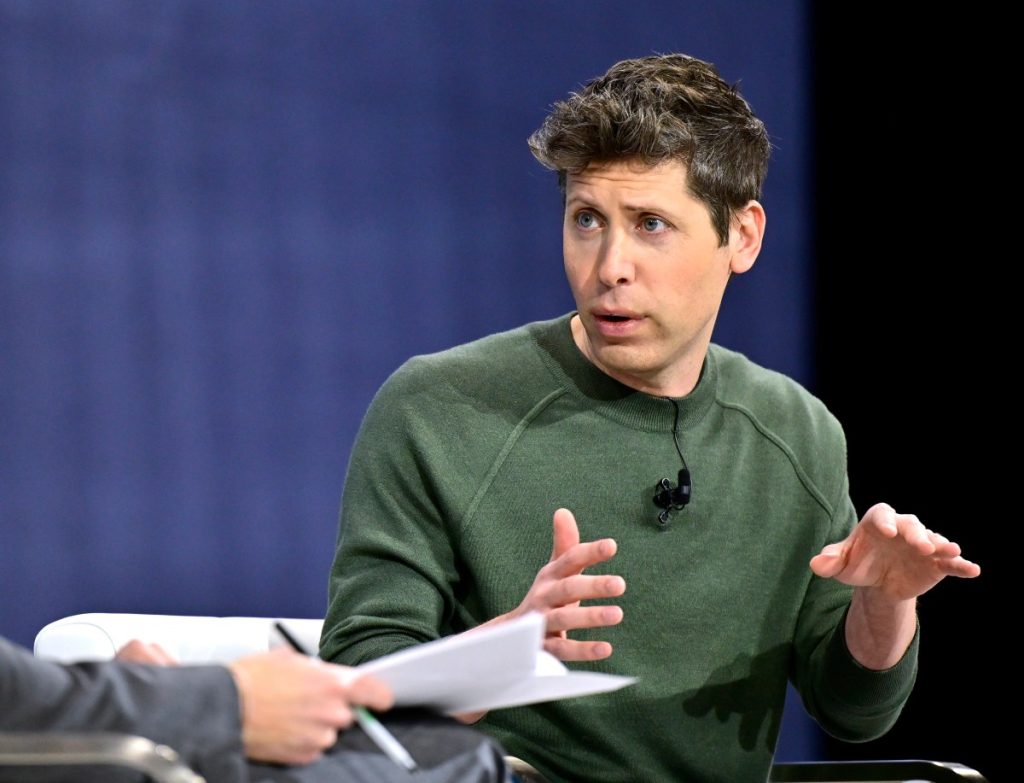
The digital world is buzzing with images that capture the essence of Studio Ghibli’s classic animation style, but with a twist. These stunning visuals aren’t coming from the famed Japanese studio itself, but rather from OpenAI’s newly released AI image generator. With its launch, there’s more than art at play—complex copyright concerns emerge.
OpenAI’s latest AI tool transforms ordinary images into scenes reminiscent of beloved Ghibli films. Beyond the art, there’s a legal storm brewing. intellectual property laws haven’t quite caught up with AI’s rapid advancements. As AI reshapes creativity, it also challenges our traditional understanding of copyright, raising questions that demand urgent answers.
AI and Studio Ghibli: A New Artistic Wave
Artists and enthusiastic creators are tapping into AI’s power to reproduce styles that echo Studio Ghibli’s magical world. This trend showcases AI’s ability to mimic complex art styles by leveraging advanced algorithms, taking inspiration from the textures and tones that define the studio’s work.
While the creative potential seems limitless, it has also sparked controversy. The ethical and legal dimensions of AI-generated art cannot be ignored. As AI continues to evolve and expand its capabilities, the balance between innovation and artistic integrity becomes increasingly challenging to navigate.
Tech Giants in the AI Race
OpenAI isn’t alone in this arena. Google is also making waves with its Gemini Flash model, which has captured the attention of the tech community by offering similar image transformation capabilities.
These advancements highlight a fierce competition between AI leaders to push the boundaries of what technology can achieve in art and design. However, this rivalry also intensifies the scrutiny regarding how these models are trained, especially concerning copyrighted material.
[twitter-embed-display twitter_url=’https://twitter.com/ParamMoon/status/1904774532302266568′]
The Legal Grey Area
Copyright law struggles to keep pace with technological progress. AI models like OpenAI’s operate within a legal grey area when replicating styles of copyrighted works.
According to intellectual property lawyer Evan Brown, AI’s ability to replicate studio styles doesn’t currently breach copyright law. However, he warns that the line is thin, and future legal battles could reshape our understanding of copyright in the digital age.
Questions around fair use and copyright infringement remain unresolved. As courts deliberate on ongoing cases involving AI companies, the outcomes could set significant precedents for the tech industry and the creative community.
Opinions from the Experts
Evan Brown’s insights shed light on the challenges creators face in an AI-dominated landscape. He raises concerns over the sources these algorithms leverage to generate their remarkable results.
The uncertainty surrounding these practices has prompted legal challenges from major publishers, seeking to protect their intellectual property from being used without permission.
The outcomes of these legal battles hold the potential to influence future regulatory frameworks, impacting not just AI developers but all stakeholders in creative industries.
Balancing Creativity and Compliance
OpenAI maintains that its technology only replicates styles rather than specific artists’ works, which it deems permissible.
The ethical discourse extends beyond copyright, exploring the implications of AI’s growing role in creative processes of all kinds.
As AI becomes integral to artistic production, society must decide how to foster innovation while respecting the intellectual rights of creators.
A Test of AI Capabilities
Several AI tools are tested against OpenAI’s offerings to measure their ability to reflect Studio Ghibli’s artistic voice.
Results show that OpenAI’s image generator captures the nuances of Ghibli’s style with superior accuracy, stirring excitement among AI enthusiasts and casting a spotlight on its potential in broader artistic applications.
The emergence of such technology redefines what’s possible in digital art creation, encouraging more artists to experiment with AI-inspired projects.
The Viral Phenomenon
Social media is awash with AI-generated art. OpenAI’s image generator has inspired users worldwide to recreate familiar figures in an enchanting Studio Ghibli style.
These viral trends spark conversations around the transformative power of AI in creative fields, as well as its role in shaping future artistic landscapes.
Waiting on Legal Verdicts
As copyright lawsuits unfold, the tech community watches closely, eager to see how these decisions will influence AI’s trajectory.
The implications abound, affecting not just AI companies but the entire creative ecosystem, which stands on the brink of a new era defined by digital innovation.
While technology races ahead, the legal system must adapt promptly to ensure fairness in the evolving digital landscape.
The Future of AI-Created Art
The possibilities for AI in creative industries are boundless, but caution is required to avoid potential pitfalls.
Industry leaders must strategize to integrate AI into artistic practices responsibly, preserving the integrity and rights of original creators.
As AI continues to advance, it offers exciting opportunities but also demands careful navigation within the legal and ethical boundaries.
Ultimately, the intersection of AI and copyright invites robust discourse and thoughtful consideration. Adapting to this new world means embracing innovation while balancing legal frameworks and ethical standards.
AI’s future in creative expression appears bright, yet complex, as stakeholders work towards solutions that honor both creators and technological advancement.


